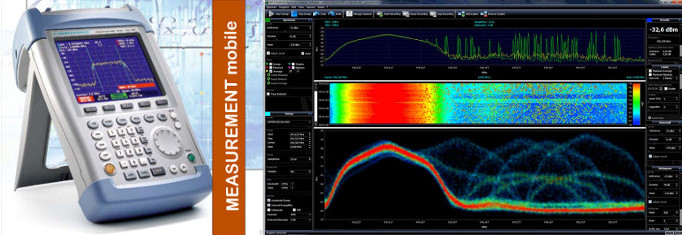802.11a/b/g/n/ac/ax compatible antenna.
Each interline product is designed to perform in a variety of environments. Implementing the antenna system can greatly improve coverage and performance.To optimize the overall performance of a wireless LAN, it is important to understand how to maximize radio coverage with the appropriate antenna selection and placement. An antenna system comprises numerous components, including the antenna, mounting hardware, connectors, antenna cabling, and in somecases, a lightning arrestor.
Logis series of omnidirectional antennas has been specifically designed for the needs of mobility services in modern warehouses. The antenna operates simultaneously in two frequencies. Starting from a small service building warehouses through hypermarkets and ending with the distribution of high storage warehouses, or anywhere where coverage is needed, the antenna series LOGIS prove themselves perfectly. With systems based on antennas LOGIS series has already benefited companies such as Tesco, Castorama, Auchan, Kaufland, Practiker, OBI, and many others. Antennas are produced under the request of the client with any length of cable and the type of connectors. Application: - High storage warehouses - Hale - Wholesale - Stores - Forwarding. In the photo gallery, the correct assembly of this antenna is shown in the high storage warehouses.

An example of using two or more antennas up to 1 AP (working in the MIMO system).
For MIMO system, The distance between the antennas should be (0.5, 1.5λ) and so on
Antenna system in built-up areas, (obstacles, reflections, distances) requires space separation of antennas.
For the optimum coverage area, we recommend that the antennas be spaced 2-10λ or more apart...
We calculate the following-
The wavelength is obtained by dividing 300 / MHz,
the resulting result is 1λ.
Calculating the optimum distance between antennas for two bands,
we take the mean value.
For bands 2.4 and 5GHz it is 35/70 / 140mm and so on ....
MIMO Antenna Systems
MIMO antenna systems are used to overcome a phenomenon known as multipath distortion or multipath interference. A MIMO antenna system uses two or more identical antennas, located a small distance apart, to provide coverage to the same physical area.
Multipath Distortion
Multipath interference occurs when an RF signal has more than one path between a receiver and a transmitter. This occurs in sites that have a large amount of metallic or other RF reflective surfaces.
Just as light and sound are reflected from objects, just like RF. This means that there may be more than one path that RF adopts when passing from the transmit (TX) antenna and the receiving (RX) antenna. These numerous signals combine in the RX antenna and the receiver, resulting in signal summation, increasing bandwidth and reliability.
Below is a video showing the test of this antenna in the field.
Key benefits
- Solid casing

compliance
electrical
- 2400 - 2500
- 4800 - 6000
- 4dBi
- 5dBi
- 360°
- 35°



















